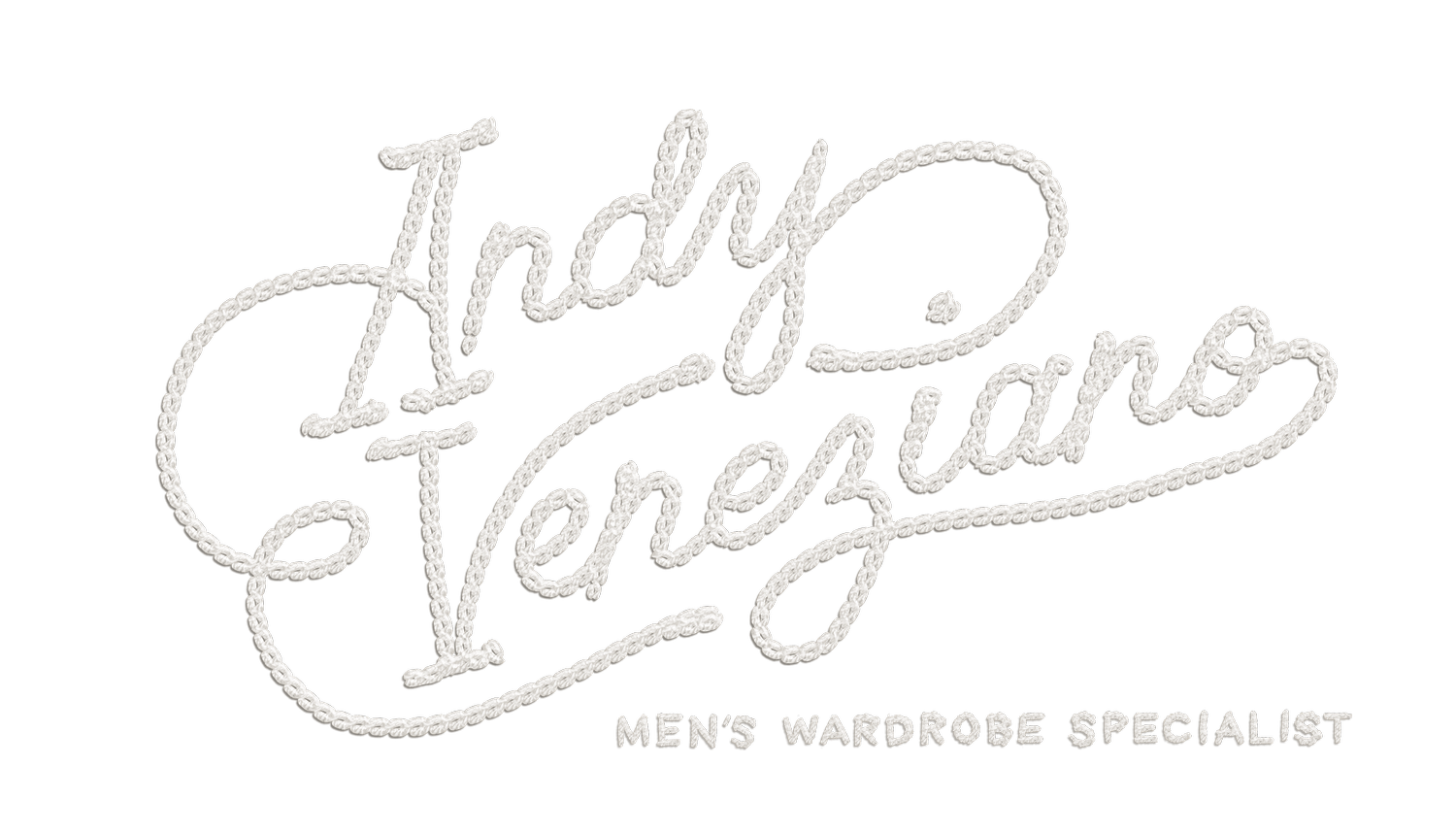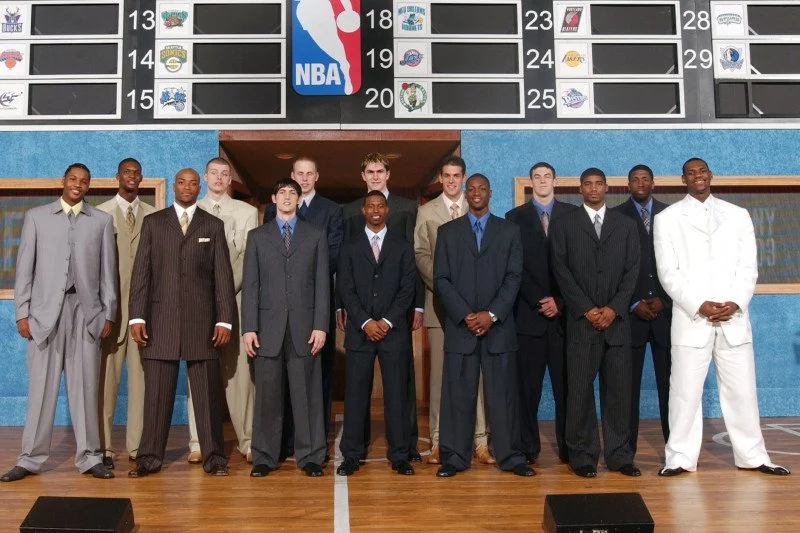AN ARGUMENT FOR FOLLOWING THE RULES
Ms. Finster from “Recess” still lives rent-free in the minds of Millennials as one of the strictest teachers on television
If you grew up attending a strict school like I did or lived in a rigid household, the mere mention of the word “rules” might make the hair on the back of your neck stand up. Understandably so. However, I want to challenge this way of thinking when it comes to menswear. And yes, this is coming from the guy who argues that there are no bad outfits—only better ones.
I am currently reading The Creative Act: A Way of Being by Rick Rubin. For those unfamiliar with Rick, he is a renowned record producer who formerly served as co-president of Columbia Records. He cut his teeth in the industry by co-founding Def Jam Recordings as a college student out of his NYU dorm room. Rick helped catapult the Beastie Boys to fame and has collaborated with an impressive roster of musicians across genres, including Adele, Jay-Z, Johnny Cash, and the Red Hot Chili Peppers, among countless others.
I have been an admirer of Rick’s because of his origin story and success across decades working in so many different genres. From my own outside observation, he has a pretty laissez-faire process working with musicians and tries to insulate them from outside noise and pressure to produce the most authentic work possible, even if it is very different from their typical sound. So in reading it, which he describes as a reflection of his own creative act in the music industry, I was surprised to read this line in a chapter entitled, “Temporary Rules.”
I’ve long admired Rick for his remarkable origin story and his decades of success across such a wide variety of musical styles. From my perspective, his creative process seems pretty laissez-faire. He works to insulate musicians from external noise and pressure, allowing them to produce their most authentic work—even if it deviates significantly from their usual sound. So, as I was reading his book, which he describes as a reflection on his creative process, a few lines in a chapter entitled “Temporary Rules” surprised and stopped me in my tracks:
When there are no material, time, and budget constraints, you have unlimited options. When you accept limitations, your range of choices is reduced…Think of this (rule-setting) as setting a palette for each project…A rule is a way of structuring awareness.
Rick Rubin
I nearly dropped the book when I read that last sentence. It is so simple yet perfectly articulated.
In the context of menswear, adhering to rules for things such as fit, personal style, and shopping is essential. For example, knowing the proper rules of menswear regarding fit and function, such as how long a suit jacket and its sleeves should be, demonstrates awareness of your physical body and what you feel and look good and comfortable in. Once you possess that knowledge, you can mindfully deviate as desired.
The fits of the 2003 NBA draft class
For example, when I get fitted for a new suit, I like to deviate slightly from the “proper fit” by opting for one that is a touch oversized and roomier—but still within the realm of timelessness, to avoid falling into the trend trap and looking like the 2003 NBA draft class. There are a few reasons for this.
First, my body tends to put on lean muscle mass over time due to the amount of exercise I do, and a little extra room helps prolong the life of my suits. Second, I’m constantly on the move as a Realtor, and with my hobbies, a suit that is too stiff, rigid, or form-fitting doesn’t serve me well from a utility standpoint. Third, I personally think a suit with a bit of extra drape looks better than one that’s more form fitting—that’s just my preference. Without learning and abiding by the traditional rules of menswear for a time, I never would have been able to reach these conclusions, articulate them to my tailor, or mindfully deviate from those rules to develop my own sense of style and the ideal fit for me.
In addition to traditional menswear rules, it’s important to develop your own rules for your personal style aesthetic. The endless options when shopping and countless outfit combinations I find can often lead to impulse purchases and / or failing to define enough and possessing a mountainous wardrobe. To paraphrase Rick Rubin from his book: accept your limitations and work within a palette. For example, you might decide, “My budget for a new jacket is X,” or “I don’t look or feel good in red. If it’s an accent color or appears in small amounts, that’s fine, but I won’t purchase pieces that are predominantly red.”
You might be thinking, “Why box myself in like this? Why be so rigid?” Speaking from experience as someone who once flew by the seat of his pants without any rules for his aesthetic, I urge you not to knock it until you try it. I cannot emphasize how liberating it is to consistently to put together outfits you are happy with that feel like an extension of yourself, and owning just enough rather than a superfluous amount.
Establishing rules can even result in a blueprint for your personal style. You can dress uniquely yet consistently every day. I know some guys who want to spend less time thinking about what to wear but still want to look stylish. Creating your own blueprint or even a uniform can help achieve this. As men’s stylist Mark Avery says, “If someone can dress up as you for Halloween, you’re doing something right.”
When working with clients, I try to educate them on traditional menswear rules but especially those that are applicable to their needs. Whether they choose to follow them or not is entirely up to them. However, there is power in knowing the rules, and more often than not, I think they are worth considering. Picking which rules to follow, which to deviate from, and how, is what leads to unique individuality and elevates style from good to great.
If you’re just beginning to pay more attention to menswear or are revamping your wardrobe, start by establishing a set of rules and defining your palette of options. Expand your palette or bend rules one at a time if they stop serving you or you feel curious to try something new. If, after experimenting, you’re not fond of how you look and feel, it’s easy to return to where you were happy with minimal cost and effort. Mindfully shopping vintage is an excellent, budget-friendly way to experiment with a new direction. If you discover something that resonates with you, then consider investing in high-quality pieces that you can make your own.
Remember: rules in menswear are not a cage; they’re a key to unlocking the cage.



